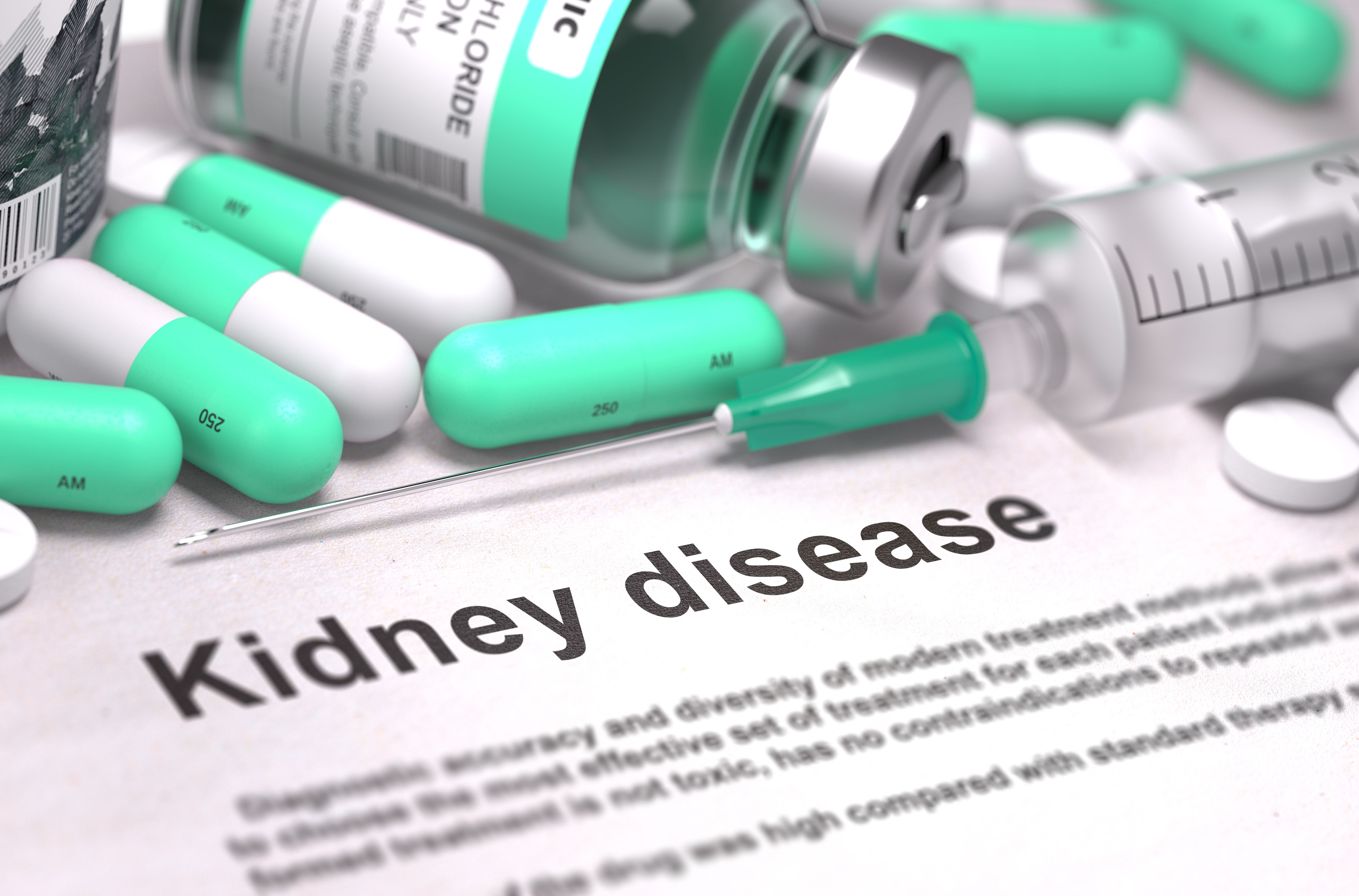Article
Cancer History May Elevate Kidney Failure Risk
Author(s):
This new study from South Korea investigated if patients with cancer could be at potential greater risk of kidney failure and found connections with several cancer types.
Having a history of multiple myeloma, leukemia, lymphoma, kidney cancer, ovarian cancer, and liver cancer could predispose individuals to a greater risk of kidney failure treated with replacement therapy (KFRT), investigators from South Korea have determined.
Their findings were published today in American Journal of Kidney Diseases.
“Previous studies have shown an increased cancer risk within the dialysis and kidney transplant populations compared to the general population,” the authors wrote. “However, it is unclear whether cancer increases the risk of kidney failure.”
They investigated their hypothesis among 2 large patient cohorts, with cancer (n = 824,365) and without cancer (n = 1,648,730), gleaning claims data from the Korean National Health Insurance Service database and matching participants 1:2 based on estimated glomerular filtration rate, diabetes, and hypertension status. International Classification of Diseases, Tenth Revision, Clinical Modification codes were used to identify the cancers and their subtypes among both groups, and the primary outcome was KFRT, “defined as the initiation of hemodialysis, peritoneal dialysis, or kidney transplantation,” the authors said.
Risk of potential KFRT was more than twice as high among the participants with cancer as it was among the noncancer cohort: 1.07 vs 0.51 cases, respectively, per 1000 person-years. This elevated risk remained, and it was 129% greater (adjusted HR [aHR], 2.29; 95% CI, 2.20-2.39), following adjustment for potential predictors.
With survival from cancer on the rise in Korea, the authors noted—there has been an overall 1.3-fold increase in the past decade—cancer-related complications have increased, too, necessitating their comprehensive management. Onco-nephrology, therefore, has garnered interest. The patients included in this study analysis received their cancer diagnosis between January 2009 and December 2016. Among all patients, the mean (SD) baseline age was 57.6 (12.5) years, 47% were men, the median (interquartile range) follow-up was 5.2 (3.3-7.1) years, and there were close to 13 million person-years of follow-up.
The investigators’ analysis also produced these findings:
- Patients with cancer tended to be former smokers, frequent alcohol consumers, and regular exercisers, as well as have greater prevalence of proteinuria, ischemic heart disease, and peripheral artery disease.
- 4188 patients in the cancer cohort vs 4534 in the noncancer cohort developed KFRT, for 0.5% and 0.2%, respectively.
- With each 1000 person-years of follow-up, the attributable cancer risk was 0.56 (95% CI, 0.26-0.87).
- KFRT risk was highest with a history of multiple myeloma (aHR, 18.97; 95% CI, 14.31-25.15), followed by leukemia (aHR, 8.2; 95% CI, 6.03-11.21), lymphoma (aHR, 5.51; 95% CI, 4.11-7.39), kidney cancer (aHR, 4.90; 95% CI, 3.87-6.20), ovarian cancer (aHR, 3.90; 95% CI, 2.50-6.10), and liver cancer (aHR, 3.89; 95% CI, 3.46-4.37).
- KFRT risk was lowest with a history of skin cancer (aHR, 0.68; 95% CI, 0.24-1.93).
- KFRT risk remained elevated, even after stratifying by age younger than 65 (aHR, 35.38; 95% CI, 20.68-61.22) and 65 years and older (aHR, 12.50; 95% CI, 8.98-17.41).
- KFRT risk was higher among patients younger than 65 years who had a history of pancreatic, lung, breast, oral cavity, or biliary cancer vs those 65 years or older.
- KFRT progression risk was elevated among both men and women in the cancer cohort vs those without cancer.
- KFRT risk was higher among women with a history of pancreatic, thyroid, and bile duct cancer.
“To our knowledge, no previous studies have reported the increased risk of KFRT due to cancer in a population-based cohort,” the authors wrote.
Potential reasons for their findings include nephrotoxicity, paraneoplastic kidney injury, electrolyte/metabolic disturbance, contrast-associated acute kidney injury, and obstructive nephropathy, which are known risk factors for kidney injury among patients with cancer.
Because cancer seemed associated with a greater risk of KFRT among patients without such traditional risk factors as older age, diabetes, or hypertension, “intensive strategies need to be adopted to prevent KFRT” among younger and healthier patients who receive a cancer diagnosis. In addition, because of the overall greater risk of KFRT seen among all ages and both women and men in the study with a history of multiple myeloma, leukemia, lymphoma, and liver, pancreatic, and bile duct cancers, surveillance and kidney failure prevention efforts should increase among these groups.
“Onco-nephrology is an emerging and expanding field, that is gaining more attention as the prevalence of cancer increases, and the presence of kidney failure has significant influence on the treatment options available to cancer patients,” the authors concluded. “Therefore, it is crucial for nephrologists and oncologists to be aware of the risk of KFRT in cancer patients to develop better preventive strategies.”
Future studies should also investigate the effects of early detection and management efforts toward preventing kidney failure in patients with cancer.
Reference
Kim CS, Kim B, Suh SH, et al. Risk of kidney failure in patients with cancer: a South Korean population-based cohort study. Am J Kid Dis. Published online August 17, 2021. doi:10.1053/j.ajkd.2021.06.024




